I’ve often cited Cube as my favorite format, despite the fact that professional Magic doesn’t allow for a lot of time to play it. The truth is that my favorite format is specifically my own Cube. Playing with other Cubes is fun and all; in fact, since I don’t have a tournament for the next couple weekends, I’m between rounds of a Vintage Cube draft on Magic Online right now, but what I really love is designing a Cube, and then seeing how it plays and seeing people have fun with it. It combines everything I want–I get to build a creative product that other people engage with and have feelings about, I get to discuss it and tune it with them, and I get to draft. It lets me play Limited, Constructed, casual, competitive, and game design all at the same time while also offering a bit of a host/Dungeon Master feel.
As such, I’m sad that my Cube has fallen into disrepair, as it hasn’t been updated in over a year, and I never want to play with a Cube that doesn’t have the newest cards in it–those are always the most fun. So, with some time off and some MTGO Cube to inspire me, I’ve decided to think about updating a Cube again, but this time, I want to approach it differently.
My previous Cubes have been designed to keep to a good curve and a good ratio of creatures to spells, and then to be as powerful as possible within that. My thinking is that the fun of Cubing is marveling at how you can see such great cards so late, and needing to decide between cards you never thought you’d be willing to pass. I get a good feeling when I get passed a great card, and I’m disappointed when I look at a card in a Cube that I wouldn’t be excited to put in my deck, so I just want as many cards I’m excited about as possible, and to try to eliminate the filler cards that you know are going to go in the last three picks when you open the pack. A well-rounded Cube ideally shouldn’t have cards like that.
Lately, I’ve been imagining a different approach, one modeled after my favorite sets to draft. Rise of the Eldrazi, Innistrad, and Modern Masters all have something in common. They all have clear themes that define what each color pair is trying to do. In most Cubes, there’s a general idea of which decks are supported, but it’s generally an afterthought, not something built in from the ground up.
Further, I think the first Modern Masters is better than the second Modern Masters because there’s a little more flexibility and overlap between the archetypes–the point where you lock in a deck and tunnel vision only cards that support it comes a bit later. While I like focused themes, I want to maximize players’ ability to shift between strategies, to offer in-roads to shift decks during a draft, and to delay tunnel vision as long as possible, as it maximizes the number of interesting picks a player is presented with. Filling a Cube with generically good cards accomplishes this, which is part of what makes Cube drafting so fun, so I need to pay attention to not losing that.
My first theory on how to accomplish that is to try to script clans and/or shards in ways that overlap with the identities of two-color pairs, such that two- and three-color decks are both supported, but there’s a question of how many different things can functionally be supported at the same time. My goal for now is to push that limit by trying to keep every decision informed by the themes. I’m also going to try not supporting mono-color, as I think it takes too much space without offering enough payoff.
Obviously, I could design a Cube and just present a list, but that would miss the point. There are a lot of Cube lists online on sites like http://www.cubetutor.com/, and I find that they generally all just blend together–it’s hard to really get what’s going on with a Cube just by looking at the list. I imagine there are others like me, who’s real joy in Cubing is in Cube design, and I think there’s a real shortage of good content on the subject, so what I’m going to do is walk through my process, and discuss points of divergence and other ways one could go about designing a very different Cube through similar methodology.
My first step is to brainstorm what kinds of elements each color pair shares that would make sense as the backbone for a theme. I’ll include a few notes that aren’t actually part of my initial process for clarity and because it’s easier than coming back to each later
Theme Brainstorming
U/W
“Control” – I don’t like this one. It lacks definition and barely counts as a theme.
“Artifact Matters” – Both Modern Masters went this way, and I think it’s a messy fit. Outside of Esper and Mirrodin, white has little interaction with artifacts. U/R is more natural–this is work exploring only if Esper or Jeskai is dedicated to artifact matters.
“Planeswalkers” – This is a weird one, but U/W is kind of stretched for good identifiers in Cube, and this is a mechanic that can be pushed that works as a more coherent version of “control.” This also plays well as a Jeskai theme.
“Prowess” – General term for “creatures that like a high spell density.” Soulfire Grand Master, Augur of Bolas, and Delver of Secrets are examples of these creatures in addition to creatures with prowess. Wants cantrips, card draw, and efficient spells. Helps justify a lot of good cards, plays well as a Jeskai theme, so it’s competing with planeswalkers or artifacts as a Jeskai theme. Some possibility to make planeswalkers Bant and Jeskai can have prowess.
Flicker – Another good creature-centric mechanic, also plays well as a Bant theme, supports a lot of sweet cards.
Flash – Likely just a subset of Flicker, but could play slightly differently–pushes toward more counterspells and creatures like Aven Mindcensor that don’t fit Flicker–don’t like this.
Enchantments – Reasonable support here–Detention Sphere/Oblivion Ring style cards with Attunement and other looting to feed Replenish/Starfield of Nyx. Good overlap in blue enablers with reanimator or other graveyard strategies, options on overlap with black on Academy Rector. Possible Esper theme.
U/B
Reanimator – Obvious, but plays well as part of a larger graveyard package with Sultai. Also obvious isn’t necessarily bad.
Storm – Likely a Grixis commitment, overlaps on cards with prowess. Needs heavy commitment on tutors from black.
Artifact – Needs to find black tie-ins other than Tezzeret, Agent of Bolas and Baleful Strix. Potential for Trading Post and Wurmcoil Engine/Myr Battlesphere/Solemn Simulacrum to play with Recurring Nightmare, but may not be a strong enough connection with just Recurring Nightmare. Maybe Coffin Queen/Corpse Dance? Goblin Welder wants the same cards, but no black link there–note links between Artifact and Reanimator as Grixis themes–competes with Storm as Grixis theme.
R/B
Tokens (sacrifice) – Lots of support, plays well, likely Mardu theme.
Reanimator/Madness – There’s enough here to do without blue, but realistically part of a Grixis theme.
Incidental damage – Blightning headlines this. I don’t like it, but justifies aggressive cards. Likely a trap that leads to putting bad black cards in the Cube while tricking people into thinking mono-red is supported, especially given pull from Searing Blood/Searing Blaze.
Madness/Hellbent/Small hand size matters? – Not sure if the depth or power level is there, but it’s a consistent shared mechanic.
Active from Graveyard – Plays well with Jund, maybe Grixis.
R/G
Big Mana – Ramp into fatties or Wildfires.
Battle Rage – Pump spells with Berserk and Temur Battle Rage, cross synergies with prowess. Potential Temur theme, though finding blue support isn’t easy. Aggro direction that feels less likely to trap someone, but likely includes too many narrow cards that people won’t be excited to see.
? – I’d like to believe there’s another good option here, but nothing comes to mind. Landfall is a subset of Big Mana.
G/W
Tokens (pump) – Selesnya and Modern Masters 2 went this way.
Hate Bears – Seems loose and weak.
Aura/Equip/Hexproof – Similar issues to Battle Rage, but does pair well with it to offer Naya identity, I think the cards are just too narrow. Maximizing Elf + Sword uses best cards, but loosest synergies.
Planeswalkers – Lots of good cards, plays well with a bit of green ramp.
Value Creatures – Loose theme, but I actually like it, plays well, pairs well with flicker as U/W theme–competes with planeswalkers as Bant mechanic.
Lifegain – Green has Soul Sisters enablers, but maybe not enough power level/payoff. Plays well with Abzan.
W/B
Tokens – Lingering Souls headlines. Deep and supports black creatures I like, like Ophiomancer and Teysa, Orzhov Scion.
Life Changing – Lifegain cards, life payment cards, and lifegain matters cards. Karlov of the Ghost Council is sweet.
Aristocrats – Like Innistrad‘s “dead Humans” mechanic. “Dies matters” cards.
U/R
Artifact – Good power level, functional theme.
Storm – Possible overlap with rituals in big mana strategies? Maybe a Temur way to do this with Early Harvest, but seems difficult.
Combo – Sneak and Show, Twin; all the combos and lots of cards to find them. Plays best as Grixis.
Prowess – U/R Delver. Plays best as Jeskai.
B/G
Dredge – Rewards/enablers for filling graveyard.
Rec/Sur – Toolbox creatures that are best when they enter/exit graveyard frequently. Oversold Cemetery, Oath of Ghouls.
Reanimator – Green fatties and discard outlets (Wild Mongrel, Greenseeker, Survival of the Fittest) with reanimation.
Tokens? – Green is oddly bad at high power level token-making, and I like the red and white token cards, so it’s hard to go B/G while trying to keep tokens to some color identities.
Aristocrats? – Think B/G in BFZ.
R/W
Tokens/Trumpet Blasts – Trumpet Blasts optional, but Rally the Peasants type effects can offer a feel that is unique from other pairs.
Equipment/Double Strike – Power level concerns, but plays well as Naya theme potentially.
Annihilation – All the sweepers. Plays well with in a Cube where enchantments or planeswalkers are among white’s other themes.
G/U
Morph – Deathmist Raptor, Den Protector, Rattleclaw Mystic, Sagu Mauler, Vesuvan Shapeshifter, Stratus Dancer, Willbender headline. There are options after that, but uncertain about depth.
Big Mana – Upheaval, X spells, card draw, any green ramp–good power level, natural fit in Cube, plays well with Temur.
Self Mill – Innistrad + delve, plays well with Sultai.
Jeskai
Prowess
Annihilation
Planeswalkers
Sultai
Graveyard Matters/Self-Mill/Reanimator
Other options? – There are likely alternatives, but they feel pretty forced.
Mardu:
Tokens
Other? Like with Sultai, I can’t think of anything else I like anywhere near as much.
Temur
Big Mana
Planeswalkers
Storm
Abzan
Toolbox creatures
Tokens
Lifegain
Esper
Artifacts
Enchantments
Storm
Reanimator
Madness
Combo
Jund
Aristocrats
Loam? Squee, Goblin Nabob; Stormbind; Dredge; red active-from-graveyard cards
After identifying options, the next step is choosing how to use them. There are a lot of ways this can be done, and I’m not sure what’s best yet. The basic questions are whether you want to support every pair and every triad, or whether you want to support only two color, only three color, or only certain combinations. Also, there’s a question of subthemes; maybe every color pair has a dominant theme with deep support and a subtheme with shallow support. Maybe the subthemes are scripted as part of three-color groups, with an expectation that players who draft those subthemes should find their way into those three color decks, so maybe Mardu is tokens, and each of R/W, R/B, and B/W have tokens as a subtheme; however, R/W is primarily Annihilation, B/W is primarily Enchantments, and R/B is primarily active from Graveyard. This offers color pairs that do other things and decks that may use tokens as part of other plans (Greater Gargadon plays well with annihilation and wants tokens), but offers an emergent tokens deck when they’re all combined.
Personally, I like the idea of trying to support as much as possible, and then cutting back if it’s overwhelming, because I think it offers the most replay value, and I think it can be managed with careful planning, but I know that I’d like to do things like include one card in every other color that intentionally supports what each pair is doing to allow for splashes that can end up opening bridges early in drafting, and I’m not sure if there will be room for that kind of thing with everything else, so you get a bit more flexibility if you narrow down which things you’re building toward.
There’s also a question about whether I want shards and clans to function differently from each other, or in parallel. Similarly, there’s a question about whether allied or enemy colors are given preference or whether everything’s equal. I know I want to start with all the color pairs being the same, but I’m not sure about how I want the three-color groups to play yet, except that I know I want them to be intentionally supported.
Now to narrow things down. I think it’s easiest to start by choosing a direction for each three-color group.
One thing that jumps out at me is an awkward interaction between including Jund with Mardu and Sultai–it’s hard for me to imagine not using graveyard for Sultai or tokens for Mardu, but then I’m not sure what identity is left for Jund, and I think I want to avoid having four colors that are intentionally doing the same thing to keep themes clear. This problem is avoided if I support only clans or only shards, but I’d like to find another way. If I have to pick only three colors that explicitly use the graveyard, it would be green, black, and red. How far do I have to go to avoid using the graveyard in blue? Snapcaster Mage, Jace, Vyrn’s Prodigy, Treasure Cruise–are these acceptable? I think I have to assume these are okay and just try to minimize the number of two-color dominant themes that use the graveyard to keep the graveyard decks as emergent subthemes.
Jeskai
Prowess
Sultai
Graveyard
Mardu
Tokens
Temur
Big Mana
Abzan
Life
Esper
Enchantments
Reanimator/Combo (TBD at this stage)
Jund
Dredge
Annihilator/Planeswalkers
Bant
Now to figure out the pairs. Each is already pulled in three directions, which leaves the question of how to figure out what primary identity each has.
W/U needs to support Flicker, Prowess, Enchantments
U/B needs to support Graveyard, Enchantments, Reanimator/Combo
B/R needs to support Tokens, Reanimator/Combo, Dredge
R/G: needs to support Big Mana, Dredge, Annihilation/Planeswalkers
G/W needs to support Flicker, Life, Annihilation/Planeswalkers
W/B needs to support Enchantments, Tokens, Life
U/R needs to support Reanimator/Combo, Big Mana, Prowess
B/G needs to support Life, Dredge, Graveyard
R/W needs to support Tokens, Annihilation, Prowess
G/U needs to support Big Mana, Flicker, Graveyard
Each allied color pair is part of one clan and two shards; each enemy pair is part of one shard and two clans. Maybe the simplest way to do this is to say that each color’s primary mechanic is the mechanic for its clan in the case of allies, and shard in the case of enemies, which means:
W/U’s primary mechanic is Prowess
U/B’s primary mechanic is Graveyard
B/R’s primary mechanic is Tokens
R/G’s primary mechanic is Big Mana
G/W’s primary mechanic is Life
W/B’s primary mechanic is Enchantments
U/R’s primary mechanic is Reanimator/Combo
B/G’s primary mechanic is Dredge
R/W’s primary mechanic is Annihilation
G/U’s primary mechanic is Flicker
That works well enough that I can lock it in, some might take some work, notably I’d like to find a better Abzan and G/W mechanic, since I think life really wants W/B primary if it’s going to exist, but I’ll follow through with this for now.
Ideally, the next thing I’d do is figure out card counts and how many cards I need that support each theme, but the reality is that I’m not really sure how that will play out yet, especially as I try to maximize cards that overlap, so I’m just going to start making some lists and then refine.
So, let’s start with making sure that each mechanic has 50 mono-color cards that directly tie into it and see where that leaves us–that’s at most 500 cards, but realistically less because of overlap. These cards should include eighteen cards each from the primary support colors and fourteen from the secondary support color. Then I’ll add five multicolor cards for each theme.
W/U’s primary mechanic is Prowess. This wants creatures that like spells in some way and cheap spells, especially spells that replace themselves. Deck wants to be aggressive, so good tempo-positive support creatures cards are good.
White
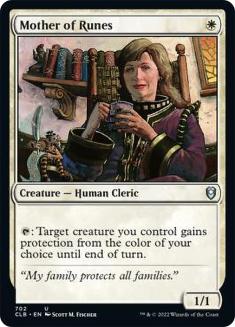
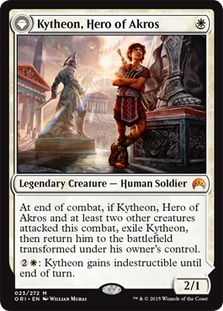
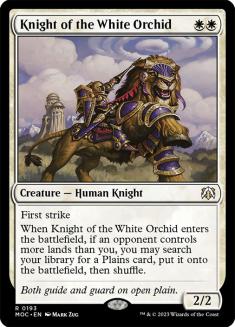
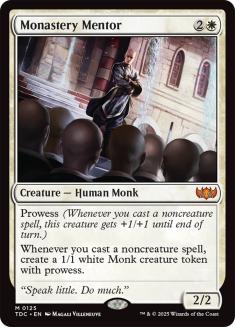
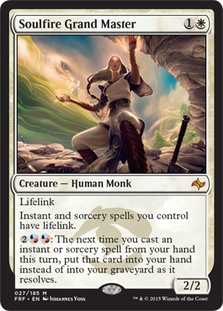
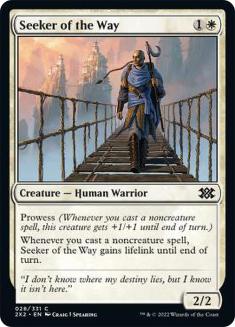
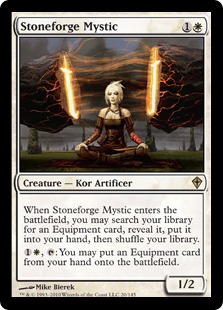
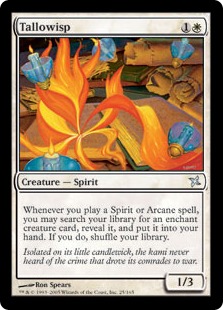
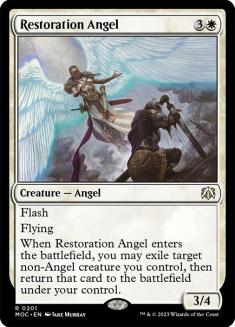
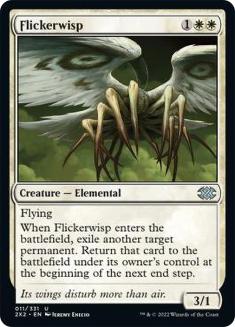
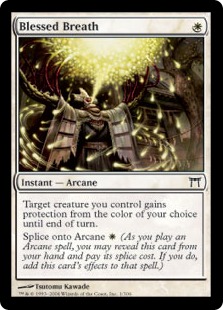
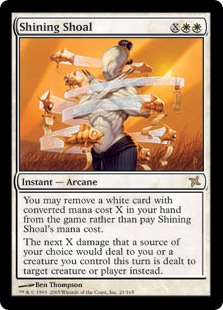
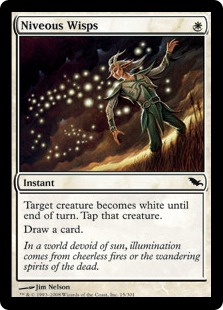
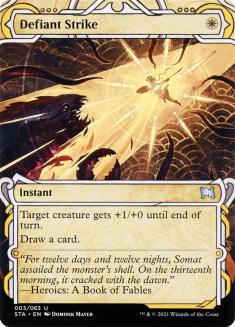
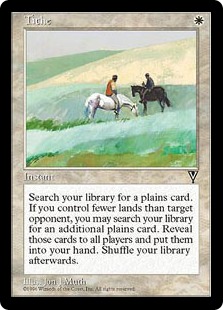
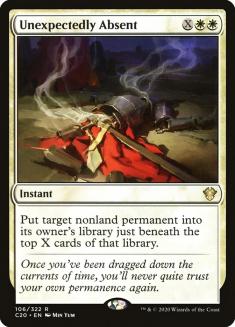
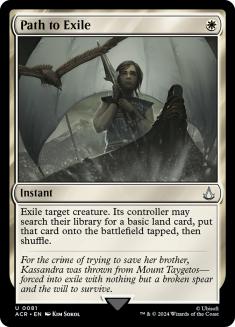
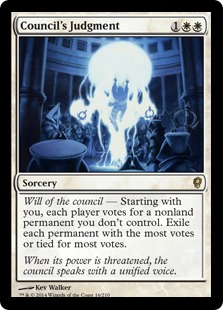
Blue
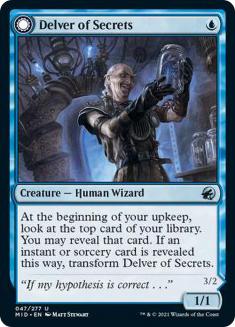
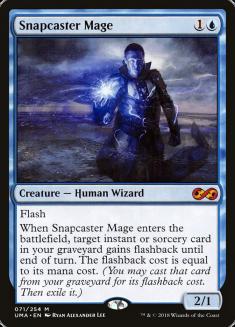
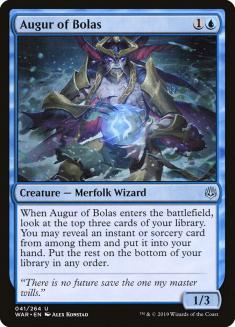

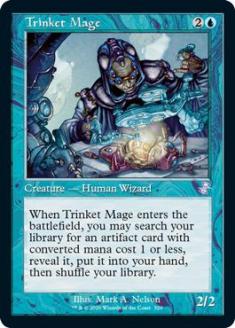
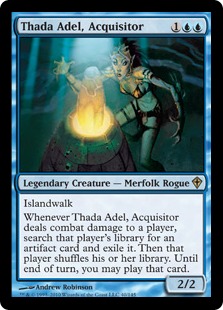
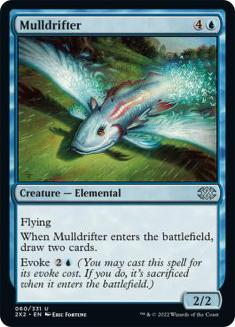
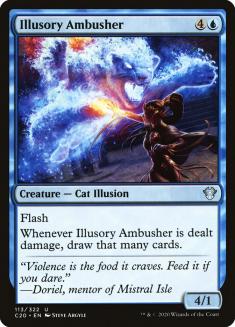
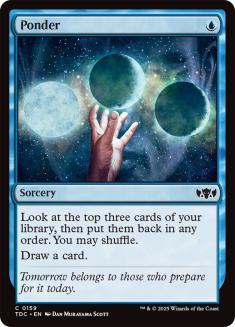
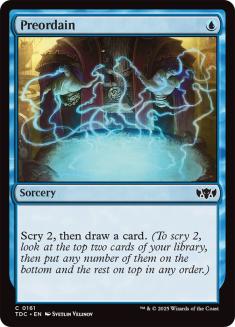
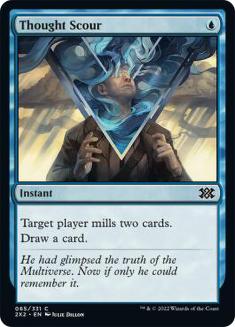
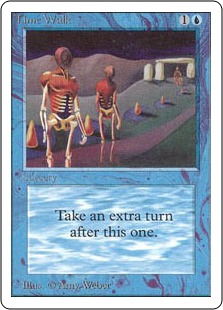
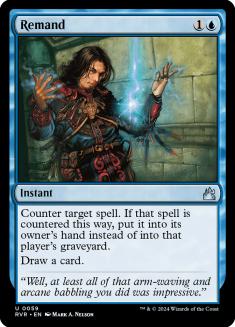
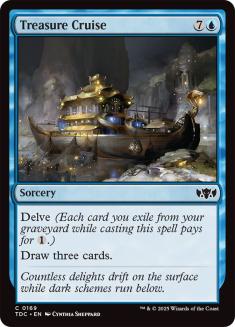
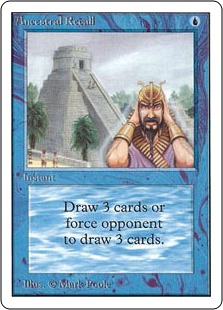
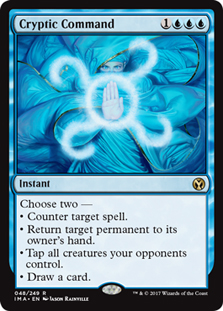
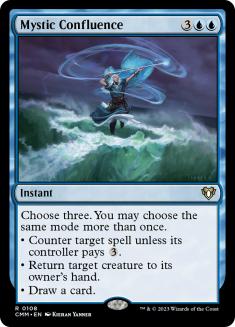

Red


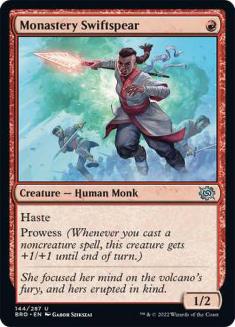
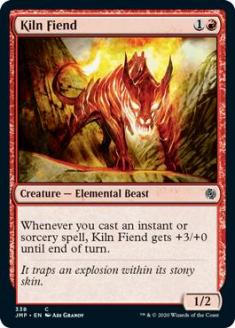
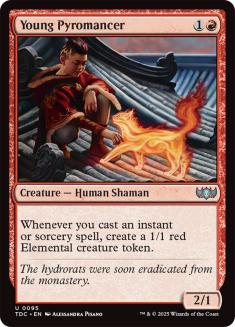
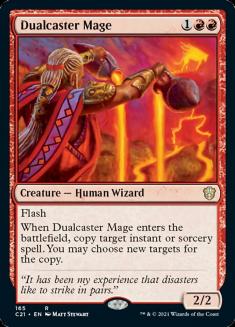
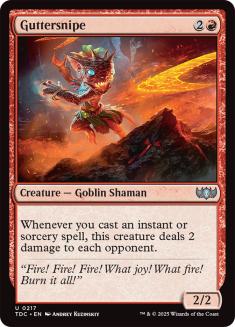
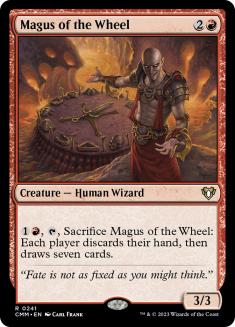
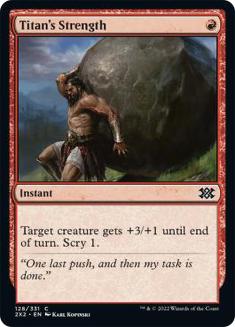

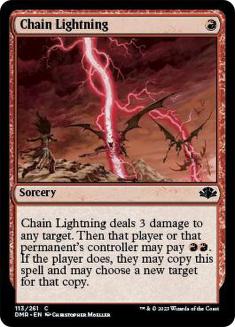
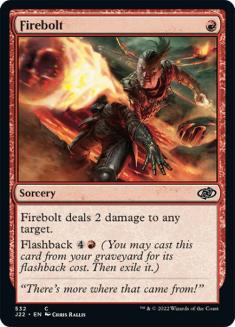
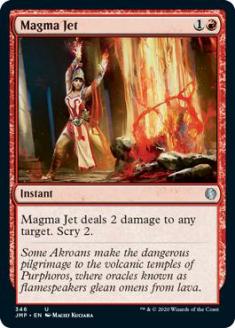
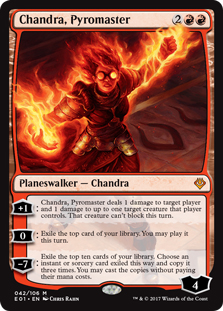
Gold
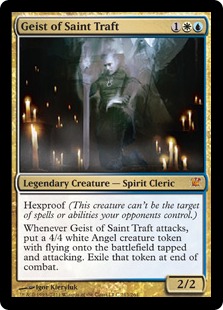

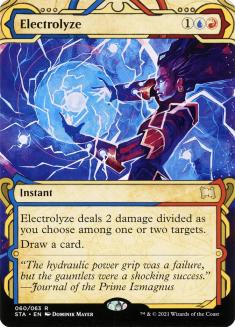
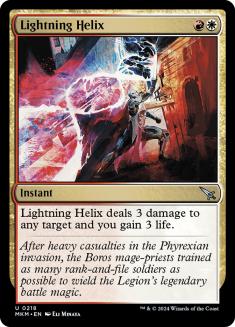
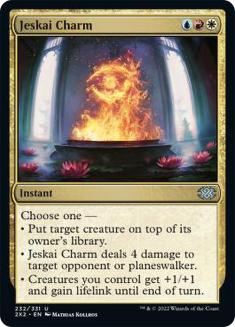
Clearly, the line on what counts as a support card for this mechanic is a little blurry.
U/B’s primary mechanic is Graveyard. This is mostly going to be about putting cards in your graveyard and using them, as per Reanimator and Delve.
Blue

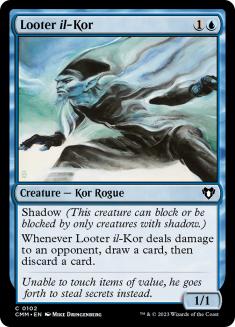
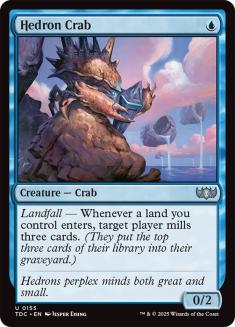
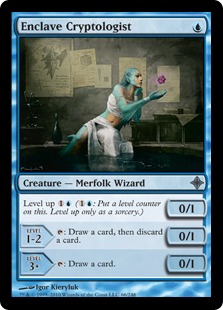
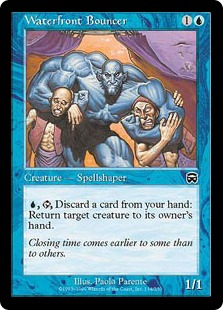

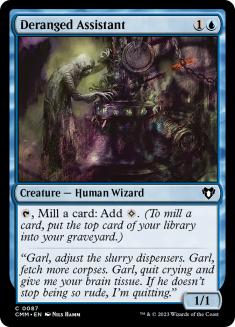
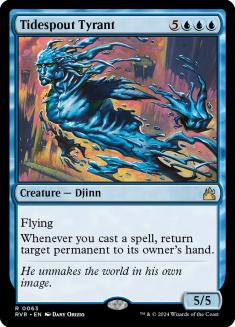

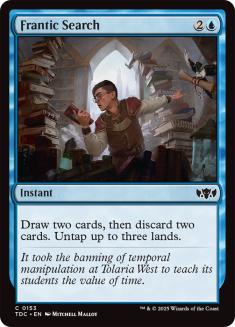
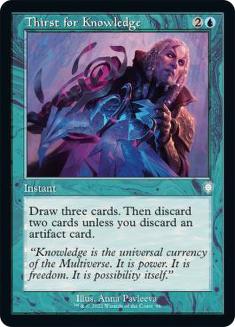
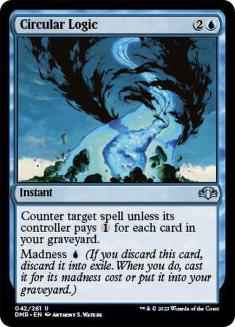
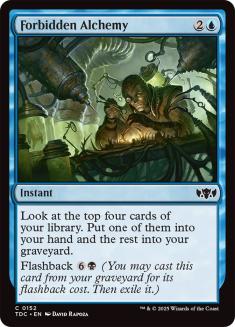
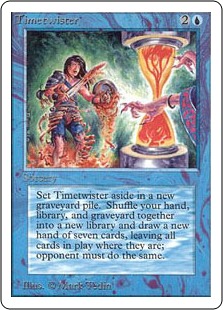
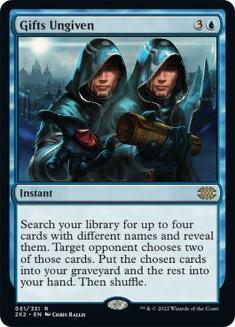
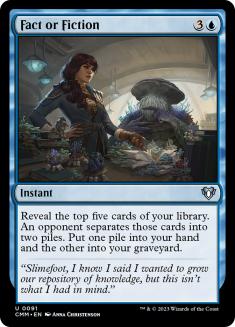


Black

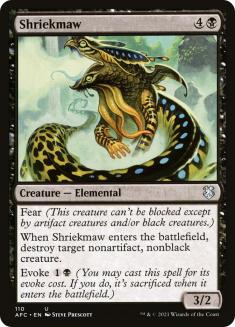
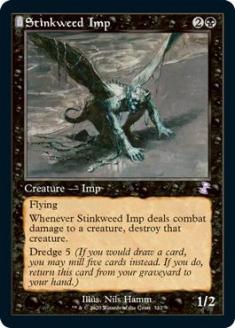
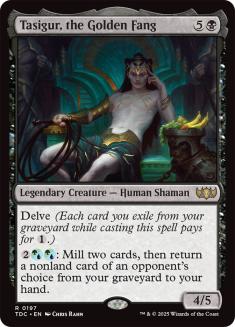
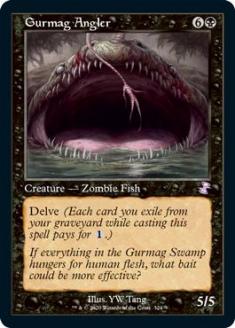
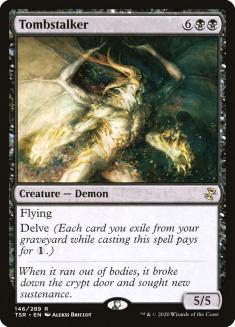
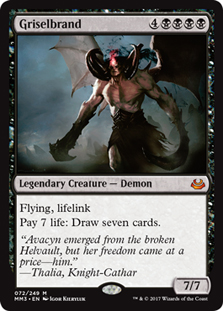
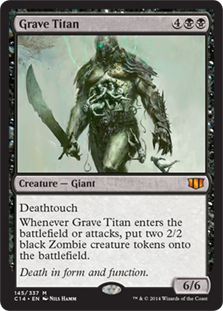
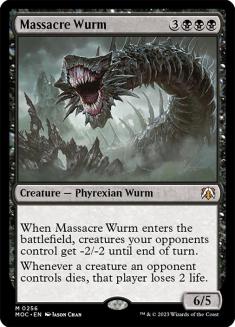
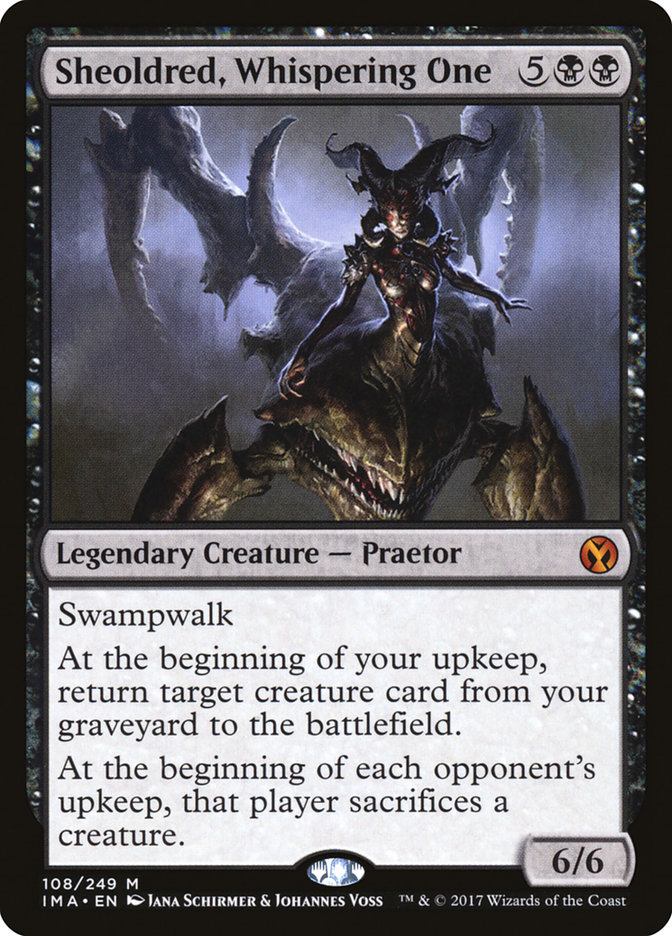
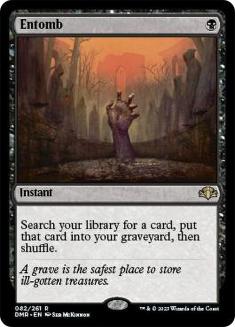
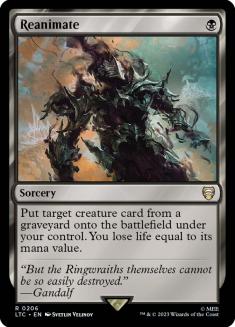
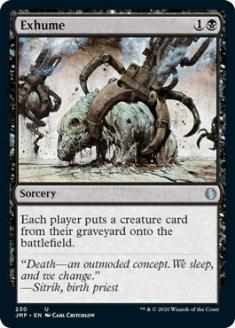
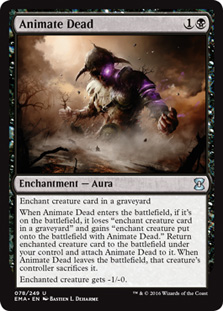
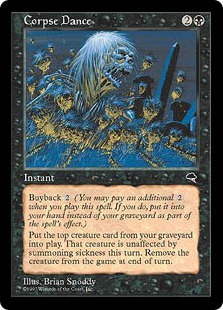
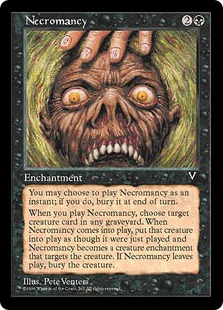
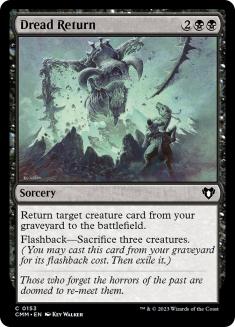
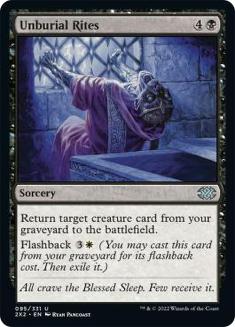
Green
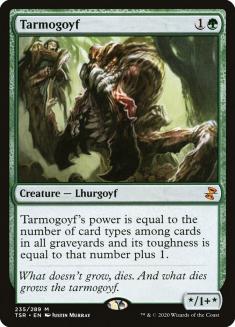
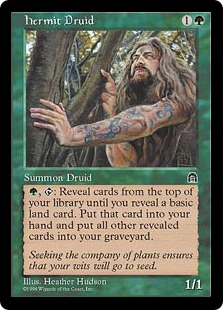
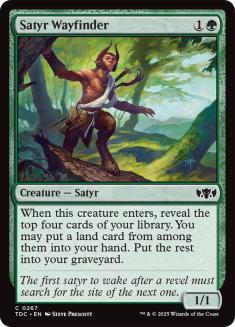
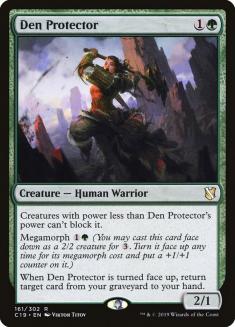
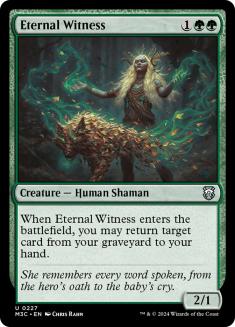
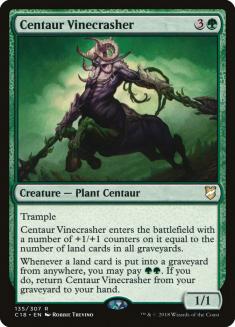
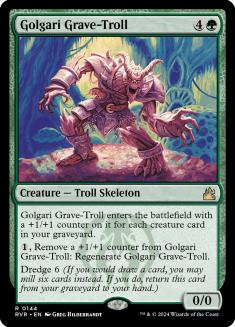

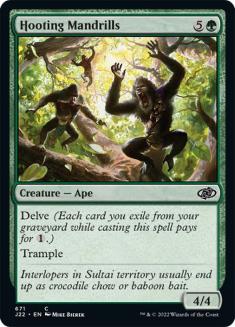

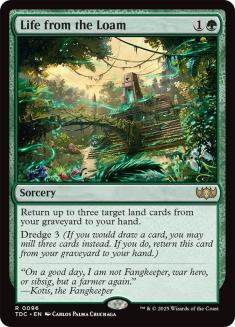
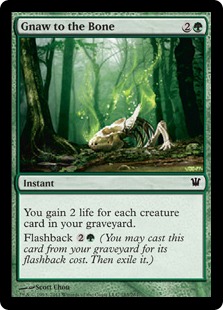
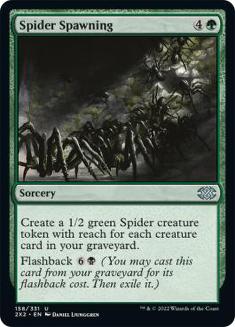
Gold
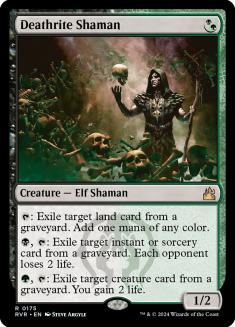
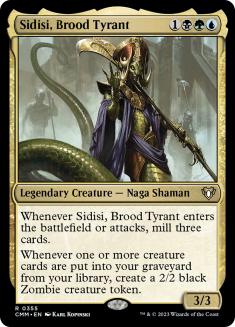
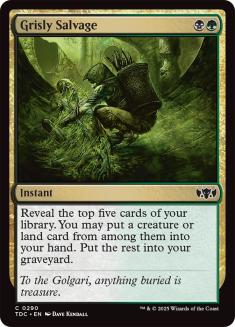
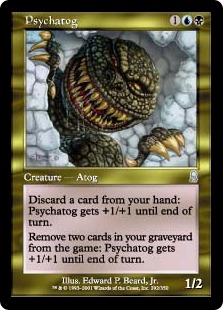
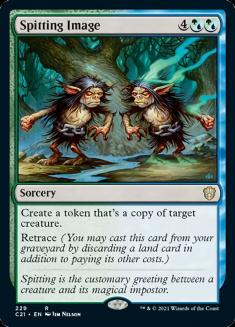
B/R’s primary mechanic is Tokens.
Red
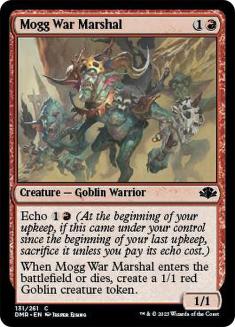

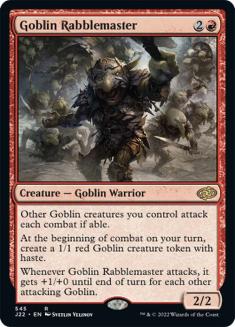
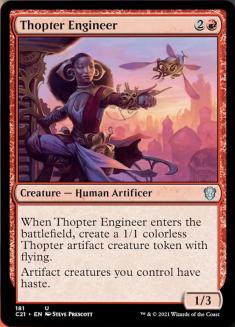
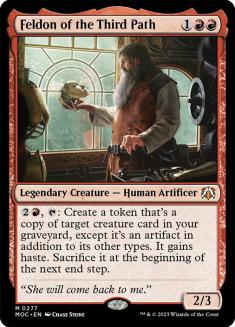
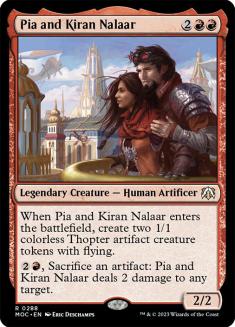
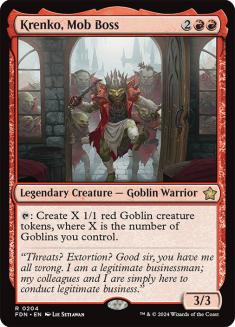
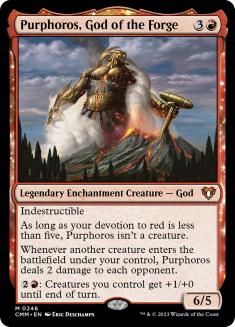
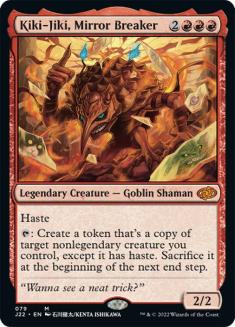
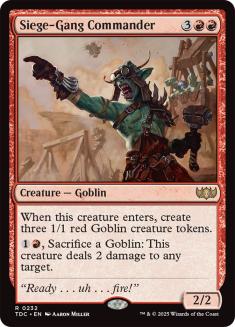
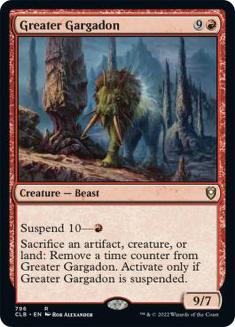
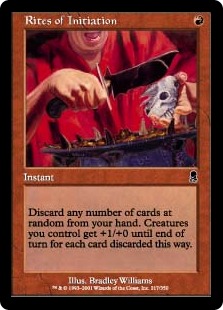
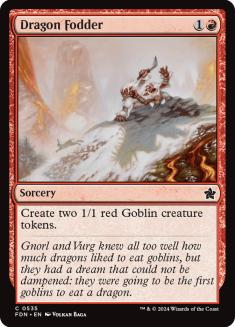
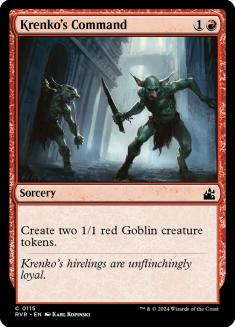
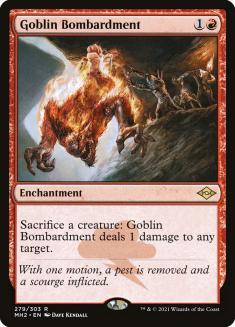
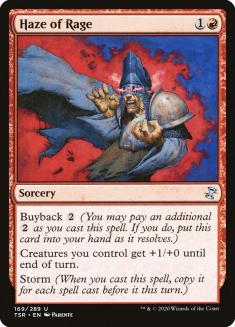
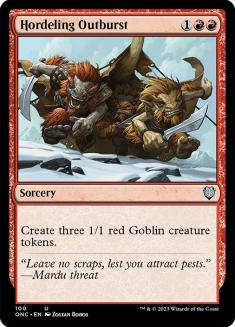
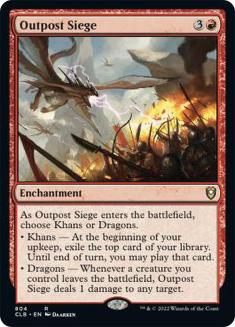
Black
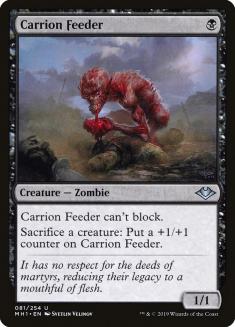
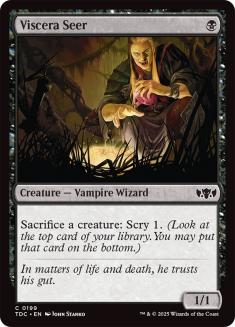
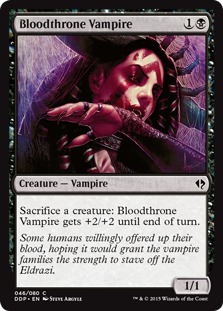

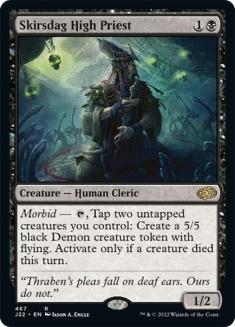
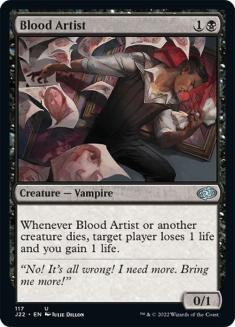
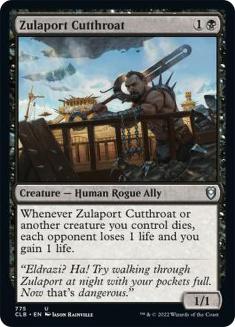
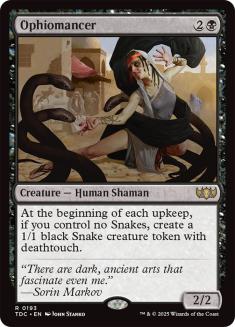
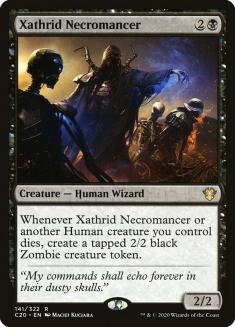
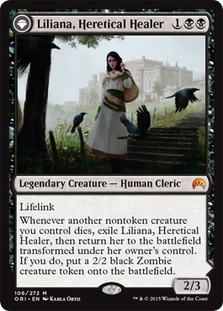
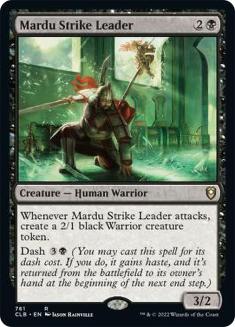
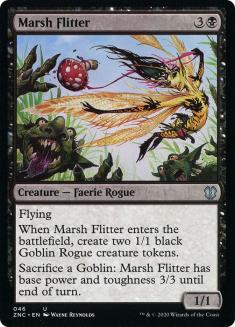
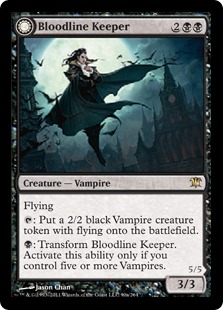
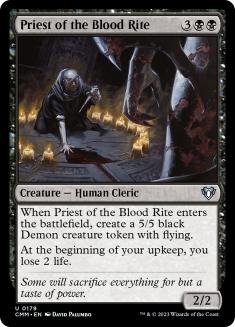
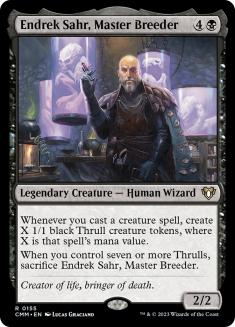

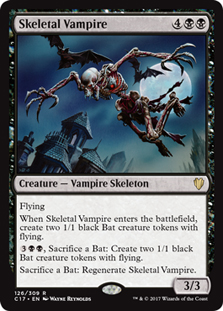
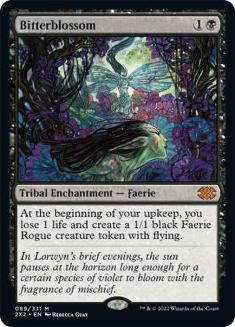
White
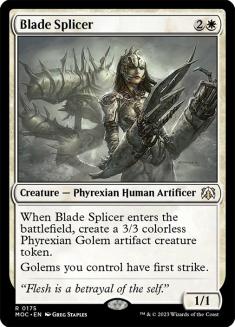

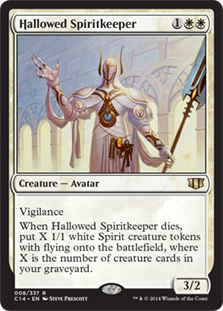
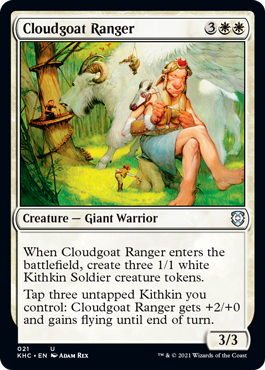
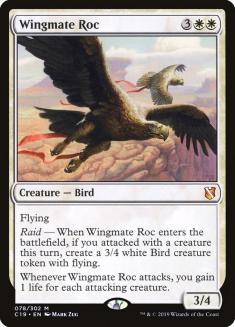
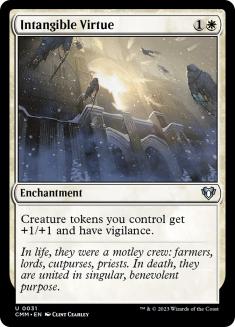
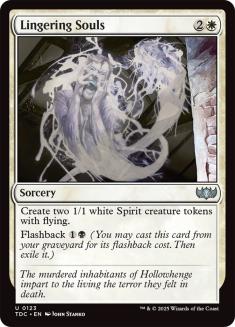
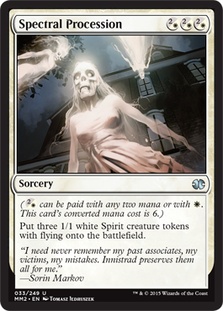
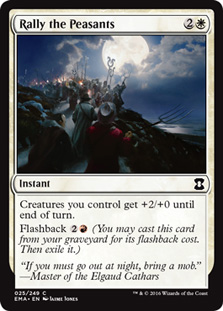
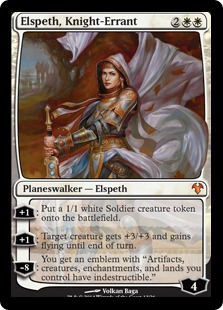
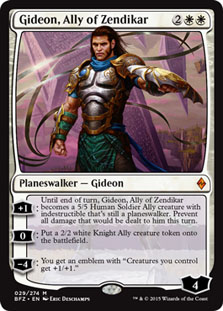
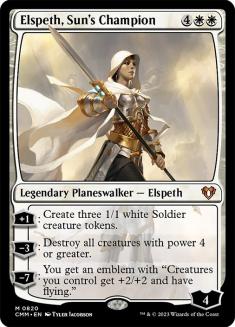
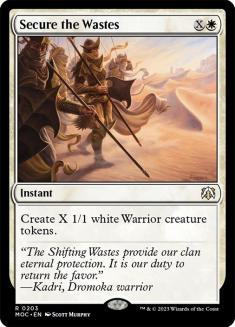
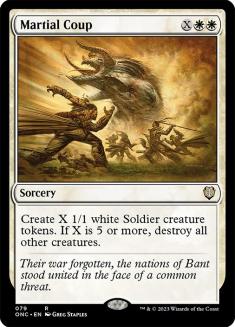
Gold
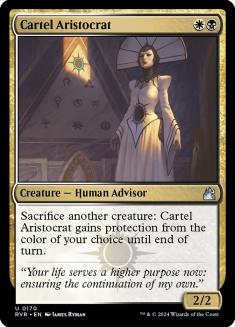
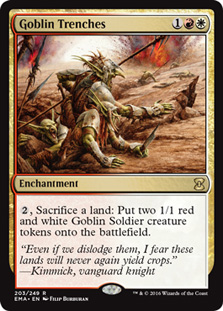
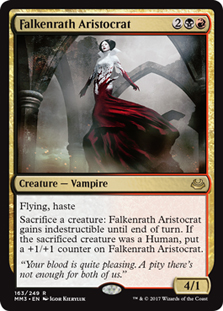
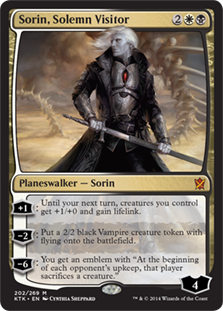
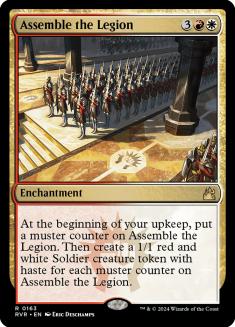
R/G’s primary mechanic is Big Mana, which it shares with blue. Artifacts are an important part of this strategy, so blue will only have seven support cards, and Artifacts will have seven support cards. I’ll also have to address the issue that realistically, this is going to be a huge part of what green is doing, so there are likely more than eighteen green cards that support this, but I’ll start by highlighting eighteen.
Red
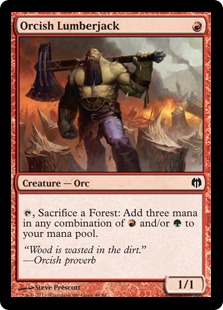

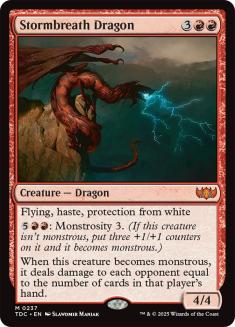
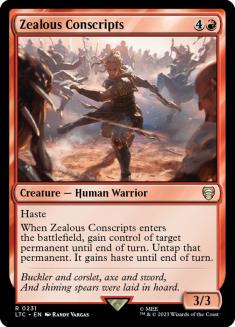
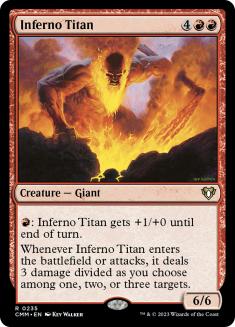
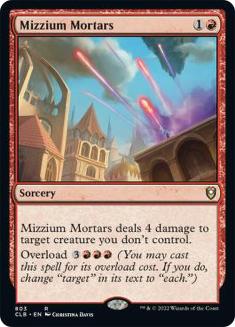
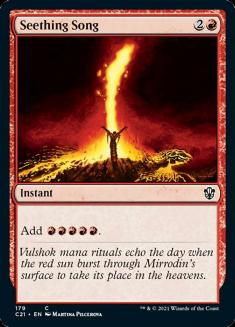
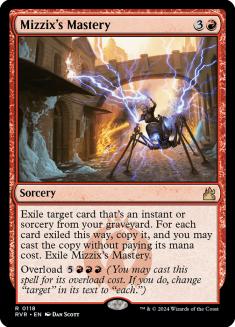

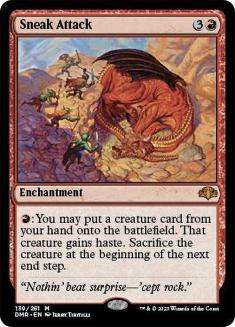
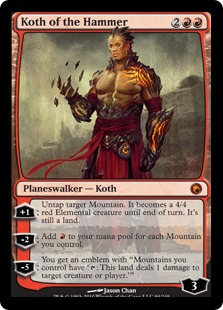
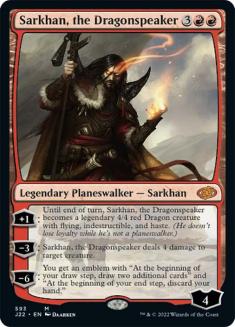


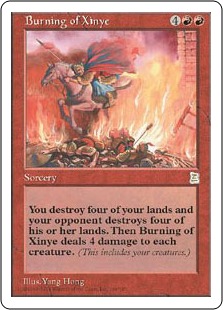
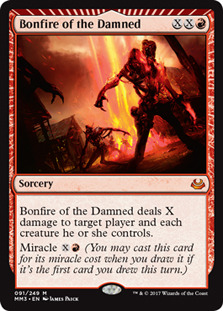

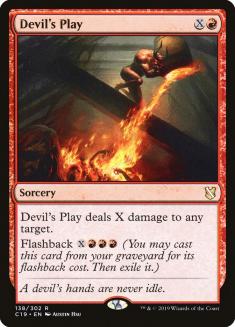
Green
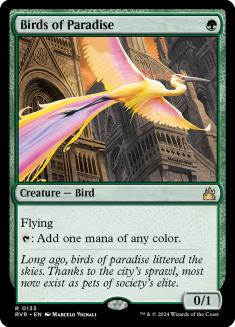

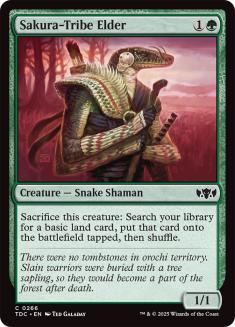
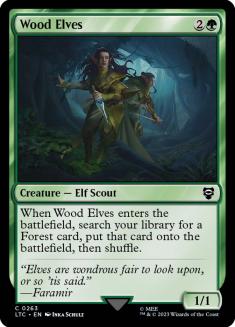
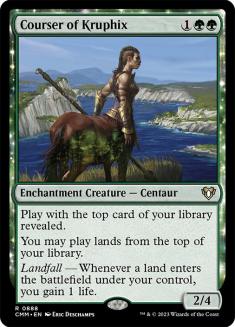
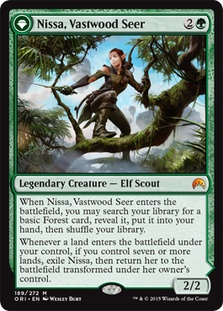
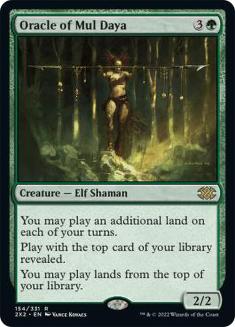

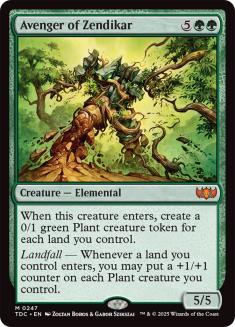
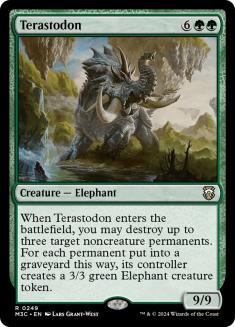
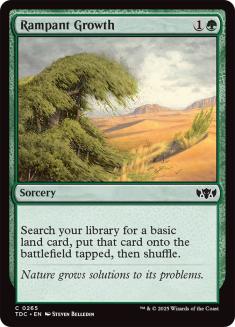

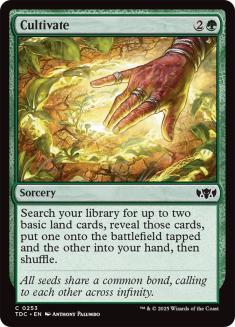
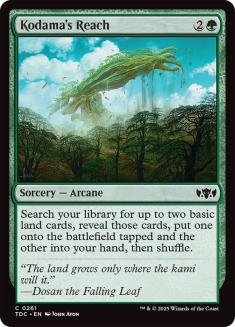
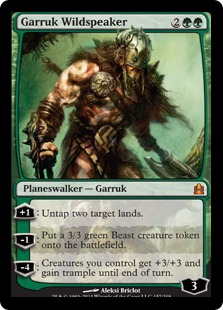
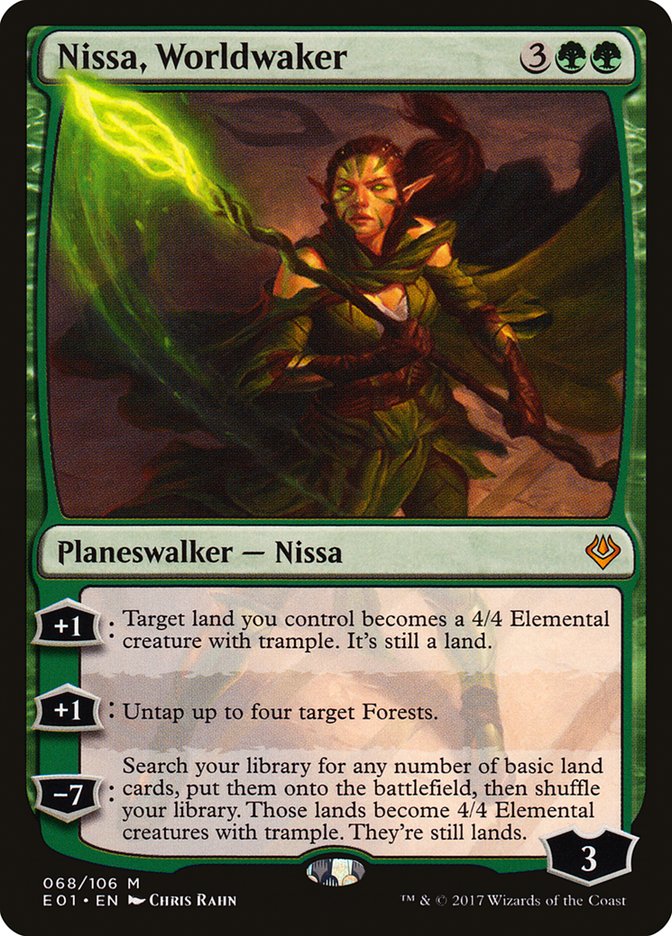
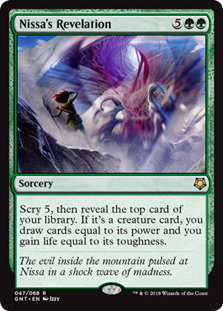
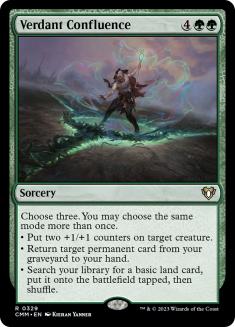
Blue

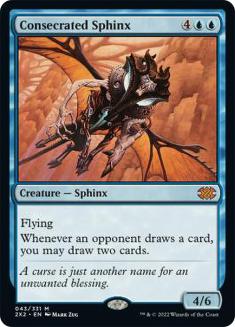
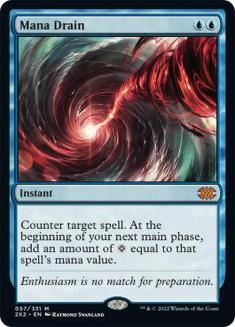

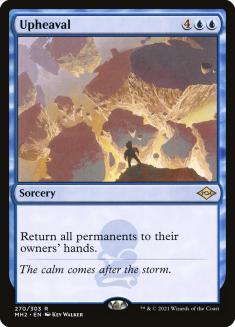
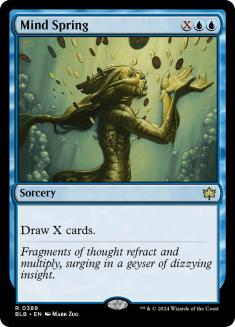
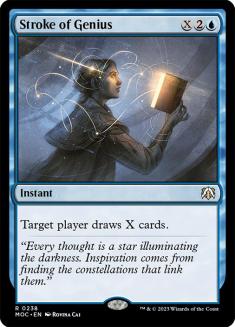
Artifact
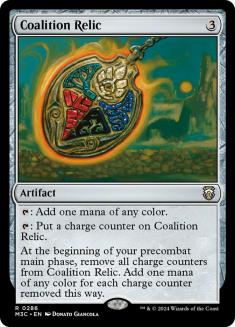
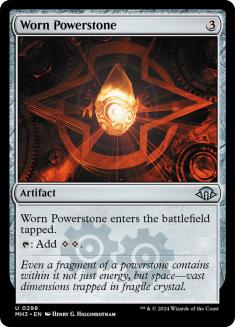
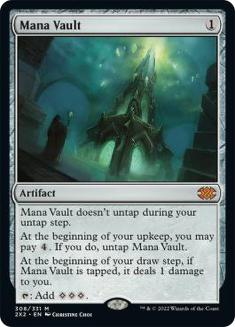

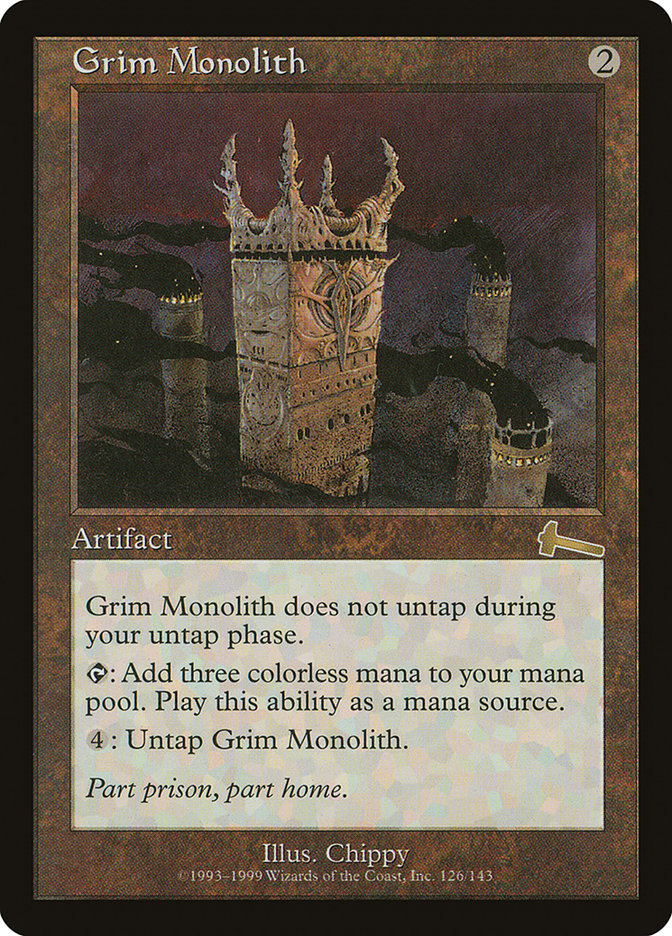
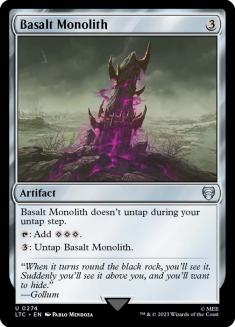
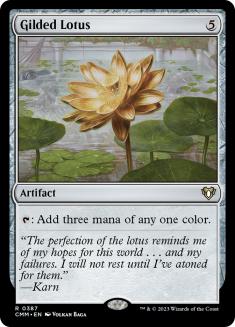
Gold
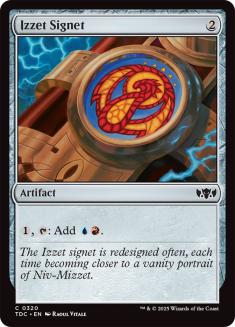
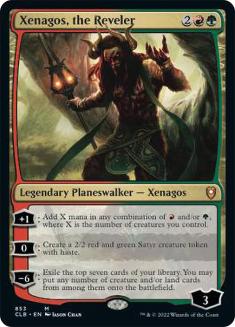
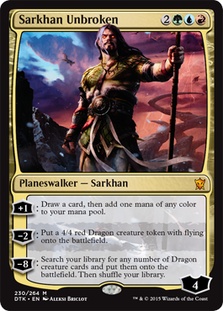
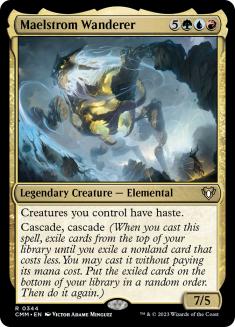
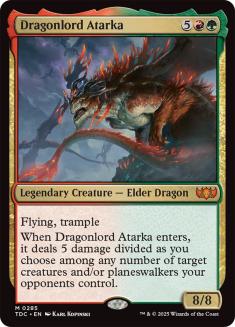
G/W’s primary mechanic is Life.
Green
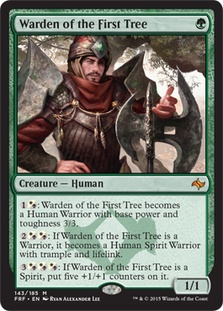
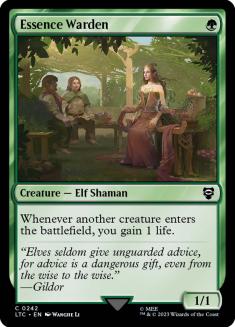
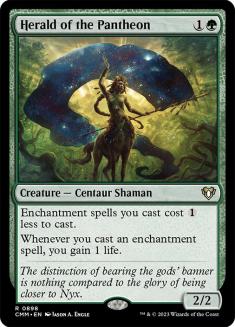


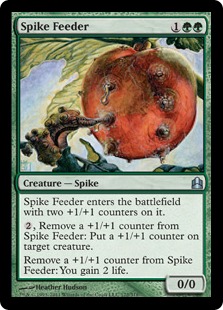
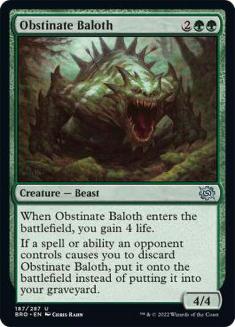

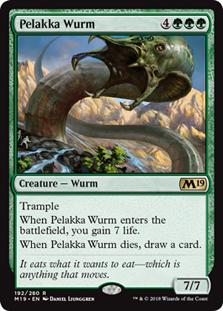

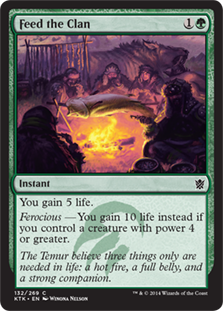

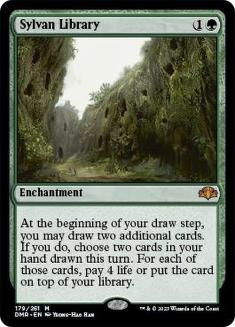

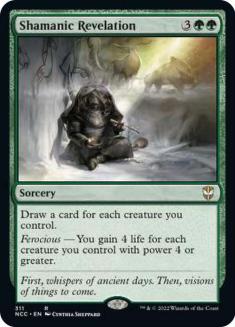
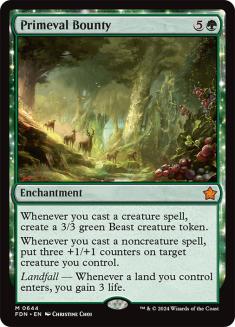
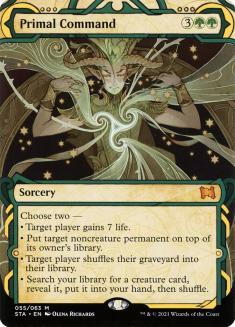

White
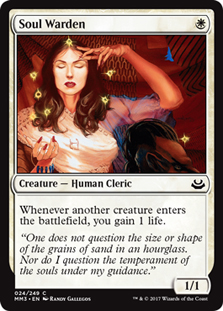
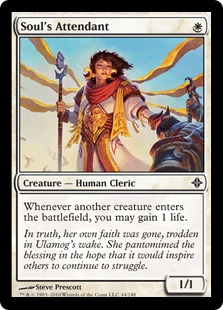
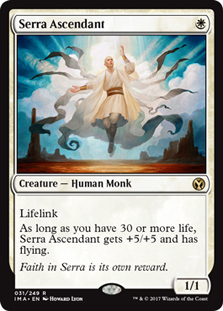
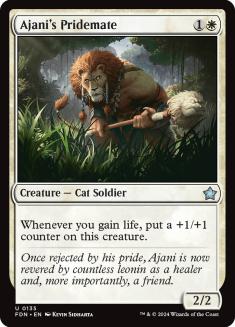
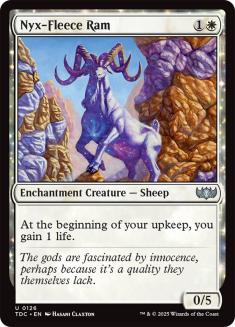

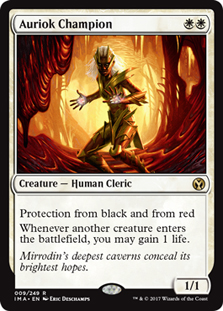
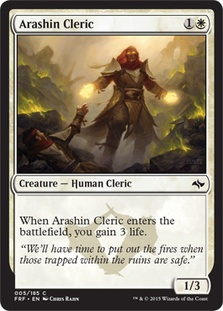
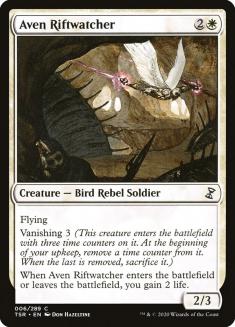
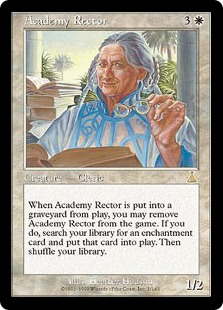
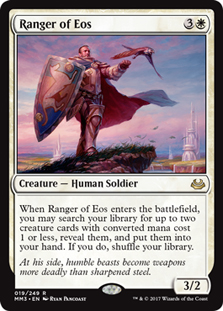
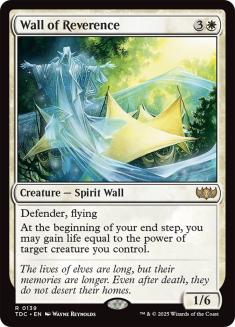
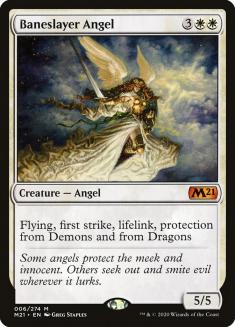
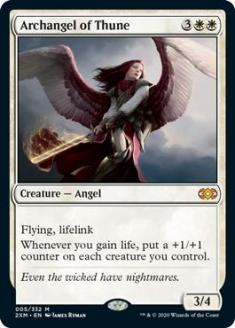
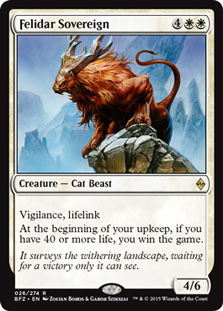
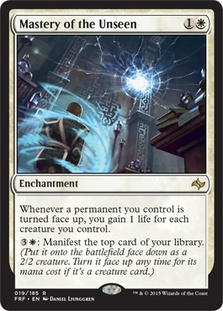
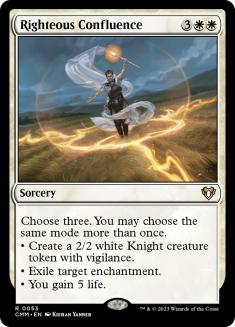
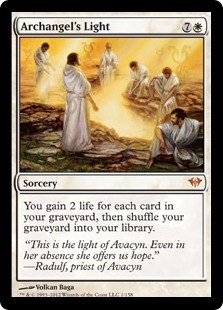
Black


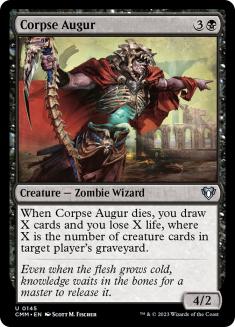
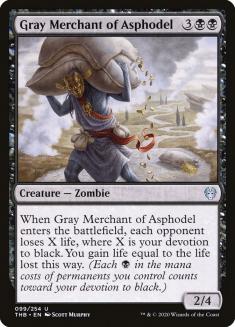

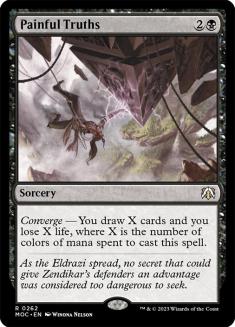
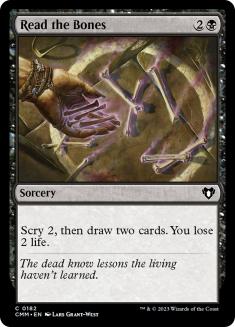
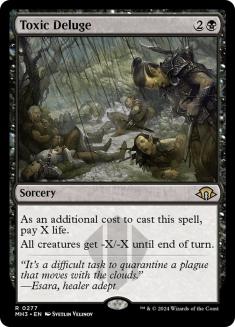
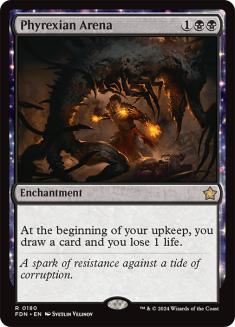
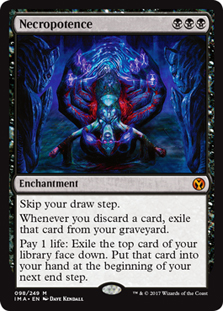
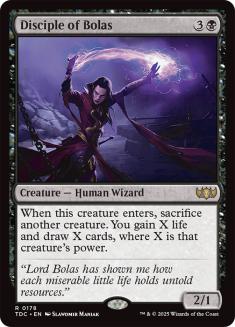
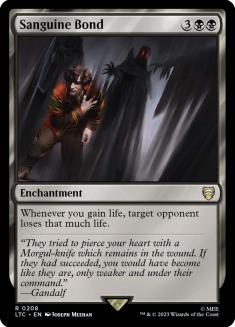
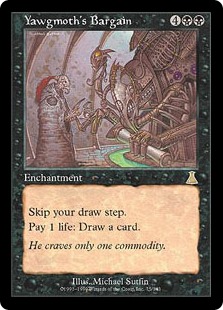
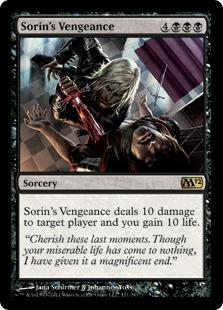
Gold

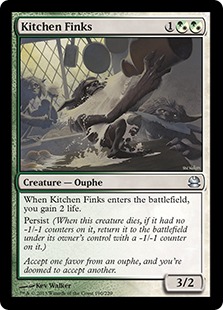
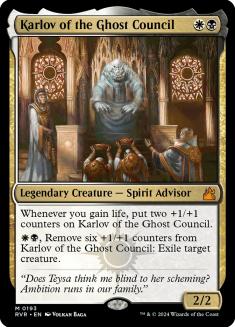
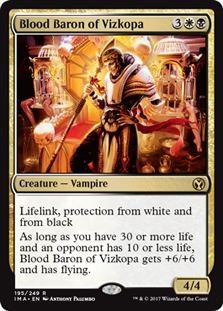
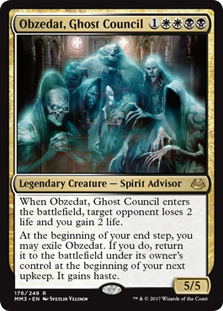
At this point, I have to admit that this project is simply too large for a single article. I think this gives a pretty clear idea of the methodology I’ve set out to implement and examples of the process. From here, my next step is to flesh out lists for the enemy color mechanics, then integrate lists to see how many total cards I have from each color, then I have to balance those while making sure each theme has a similar number of cards that it shares and cards that it wants to itself, since shared cards will be more heavily fought over–if one mechanic has entirely cards no one else wants, it will play like it has more cards than a mechanic that’s entirely cards multiple people want–the balancing process likely involves trimming cards from themes that have little overlap.
The next step is to fill out artifacts while being mindful of only including artifacts that are there for a reason and paying attention to how they balance supported themes, and then adding enough lands to support the multicolor focus of the Cube. I may come back to this topic and show how that plays out.
I trust that what I have outlines some design principles that I think are underused in Cube design and how to go about correcting that while also offering a bit of insight into what I imagine to be the kind of work WOTC has to do in balancing themes in a set.
